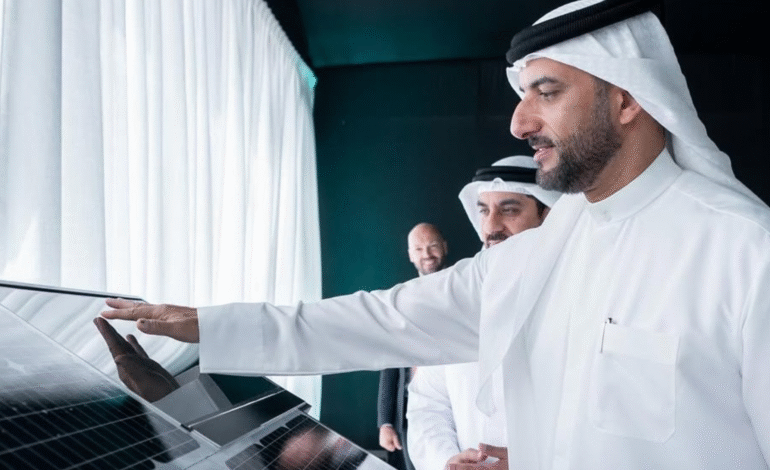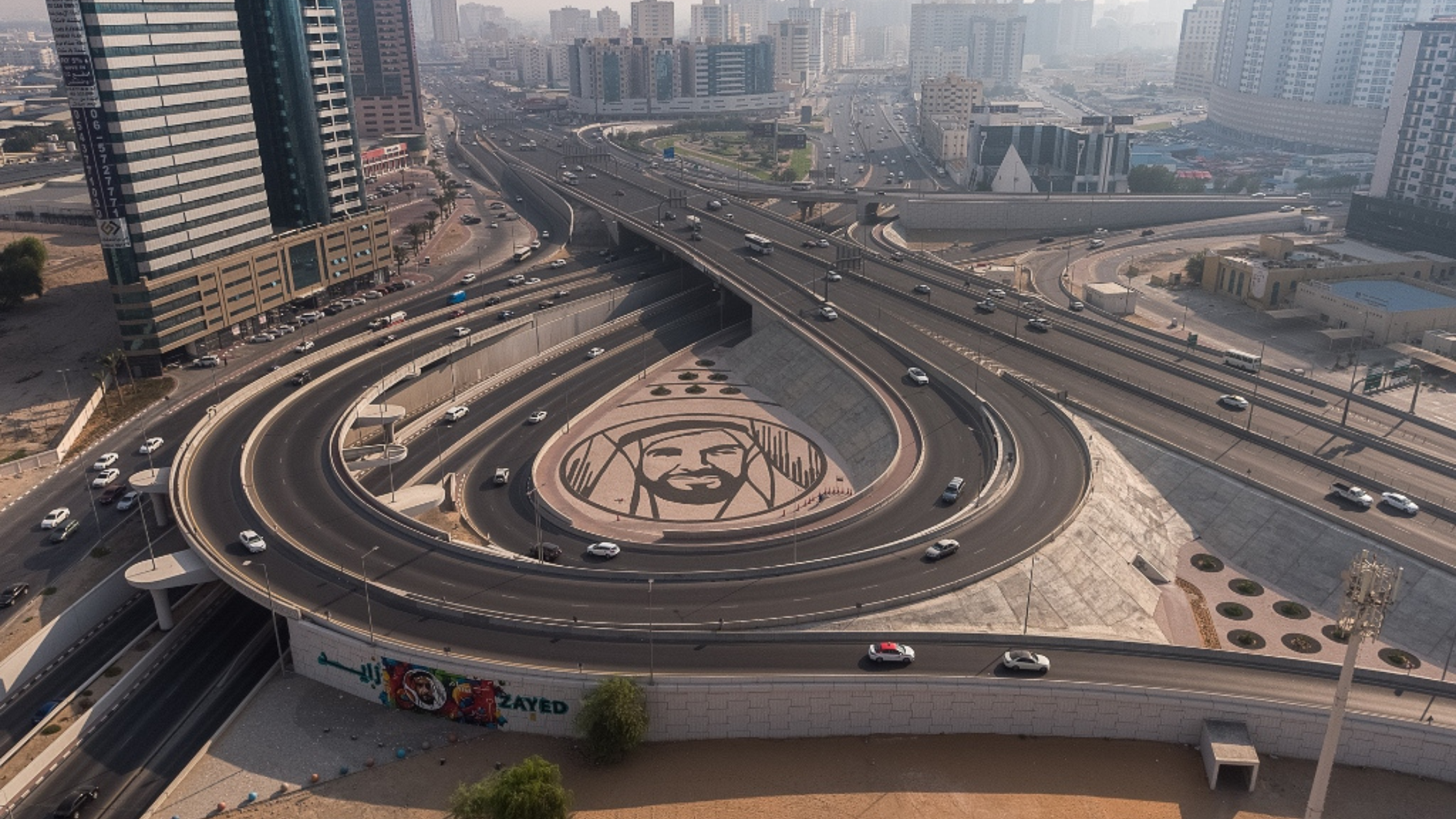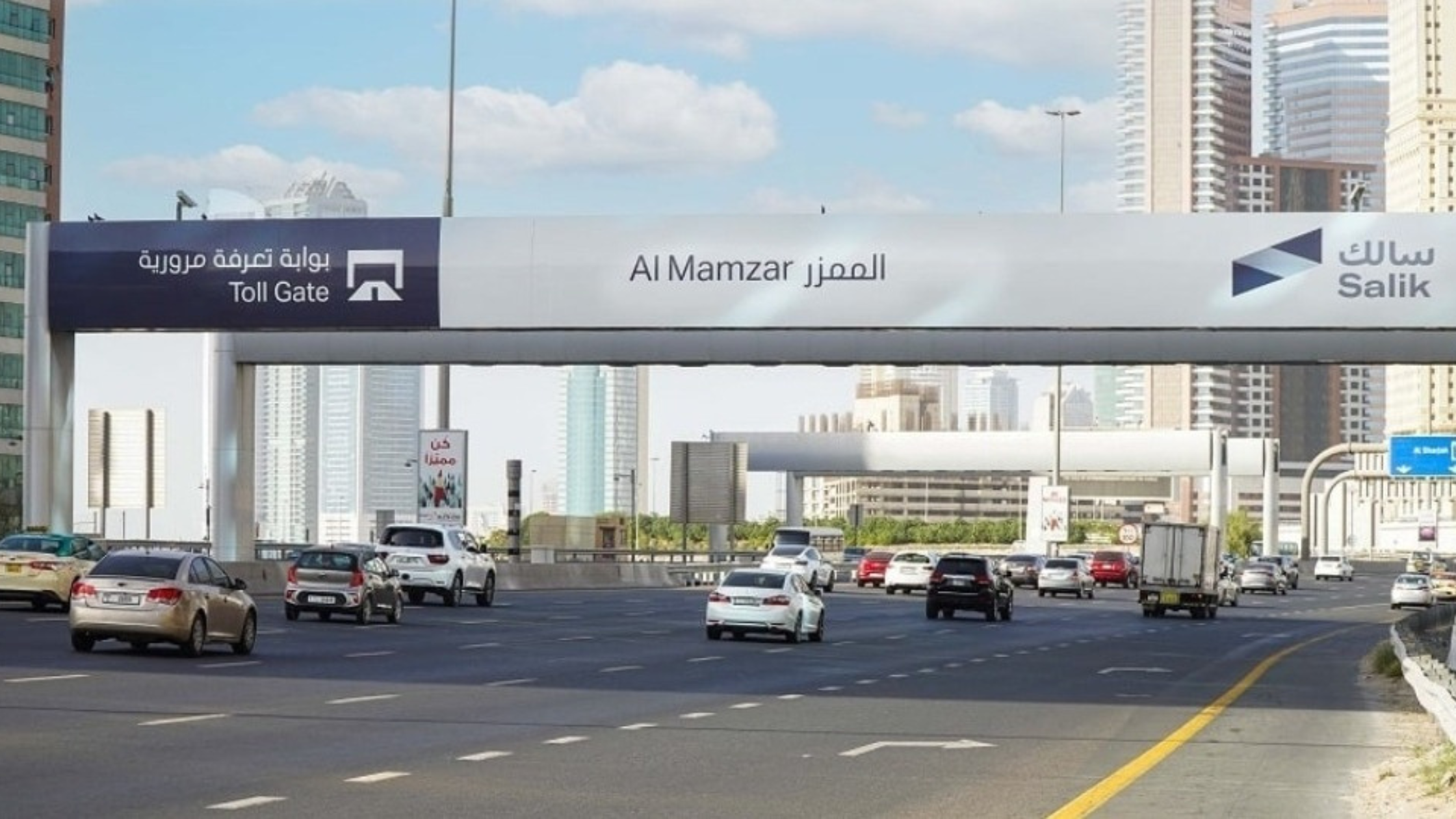Sharjah Launches Sana Solar Plant for Clean Energy Future

Sharjah has taken a historic leap toward renewable energy with the official inauguration of the Sana Solar Power Plant, the emirate’s first large-scale solar facility. Sheikh Sultan Bin Ahmed Bin Sultan Al Qasimi, Deputy Ruler of Sharjah, presided over the opening of the plant, which marks a major achievement in the emirate’s clean energy and sustainability agenda. The plant not only supplies power to thousands of homes but also contributes significantly to reducing carbon emissions, supporting Sharjah’s alignment with the United Arab Emirates’ (UAE) national sustainability strategy.
The launch of the Sana Solar Power Plant illustrates Sharjah’s determination to shift from conventional energy sources to cleaner, more sustainable alternatives. As climate change accelerates and global demand for clean energy rises, Sharjah’s bold move places it among forward-looking cities actively working toward a greener future.
Sharjah’s Vision for Renewable Energy
Sharjah’s clean energy ambitions are deeply connected to the UAE’s national energy and climate goals. The Sana Solar Power Plant embodies these ambitions by addressing the dual challenges of energy security and environmental protection. Capable of providing electricity for 13,780 homes, the facility represents a major advancement in Sharjah’s energy diversification plan.
Sheikh Sultan Bin Ahmed Bin Sultan Al Qasimi described the launch as a qualitative shift in Sharjah’s clean energy journey. His words reflect the leadership’s vision of integrating sustainability into every aspect of development. The Deputy Ruler expressed pride in the achievement and reaffirmed Sharjah’s long-term commitment to building a cleaner, more resilient future for its people.
The project demonstrates that renewable energy is not just an environmental necessity but also an economic opportunity. By investing in solar power, Sharjah is creating jobs, stimulating innovation, and laying the foundation for a low-carbon economy.
Environmental Impact: Reducing Carbon Emissions
One of the most notable contributions of the Sana Solar Power Plant is its positive impact on the environment. The plant is designed to reduce 66,000 tonnes of carbon dioxide emissions every year, helping mitigate climate change and improve air quality across the emirate. This level of emissions reduction is equivalent to the positive environmental effect of planting millions of trees or taking thousands of gasoline-powered vehicles off the road annually.
The project directly supports Sharjah’s broader sustainability goals, which aim to balance urban growth with environmental preservation. As the effects of climate change become increasingly evident, initiatives like the Sana Solar Power Plant are critical in protecting ecosystems, enhancing public health, and ensuring long-term resilience.
The Role of Innovation in Solar Energy
The Sana Solar Power Plant leverages cutting-edge solar technology to maximize its output and efficiency. The facility is equipped with high-efficiency photovoltaic panels that convert Sharjah’s abundant sunlight into clean, renewable electricity. These panels are designed to perform reliably even in the region’s challenging weather conditions, ensuring consistent energy generation throughout the year.
In addition to technological innovation, the plant’s design integrates environmental considerations, with measures to minimize impact on the surrounding landscape. The project sets a new standard for how renewable energy infrastructure can harmonize with the natural environment while delivering substantial economic and ecological benefits.
By showcasing advanced engineering and sustainable design, the Sana Solar Power Plant positions Sharjah as a model for other cities and countries looking to adopt clean energy solutions.
Supporting the UAE’s Net Zero 2050 Goal
The UAE has outlined a clear pathway toward achieving net zero emissions by 2050, with renewable energy playing a central role in this strategy. The UAE’s leadership has prioritized investments in clean technologies to ensure the country meets its climate commitments while maintaining energy security and economic growth.
The Sana Solar Power Plant represents Sharjah’s contribution to this national effort. By adding clean energy capacity to the grid, the project complements other major initiatives such as the Mohammed bin Rashid Al Maktoum Solar Park in Dubai, the Noor Abu Dhabi solar plant, and the Barakah Nuclear Energy Plant. Together, these projects showcase the UAE’s leadership in transitioning to a low-carbon economy and reducing reliance on traditional fossil fuels.
Sharjah’s participation in this national movement demonstrates the emirate’s proactive stance in addressing climate challenges and shaping a sustainable future for the region.
Economic and Social Impact of Clean Energy
The benefits of the Sana Solar Power Plant extend well beyond environmental gains. The project has generated employment opportunities in sectors such as engineering, construction, maintenance, and clean technology. This supports Sharjah’s ambition to build a green economy that creates high-value jobs and attracts investment in sustainable industries.
The plant also helps stabilize electricity costs by providing a local, renewable source of power. This reduces reliance on imported fuels and enhances Sharjah’s energy security. In addition, by showcasing the potential of solar power, the project raises public awareness about renewable energy and encourages individuals and businesses to adopt sustainable practices in their daily operations.
As Sharjah continues to expand its clean energy portfolio, the social and economic ripple effects of these initiatives will become increasingly significant. The emirate’s leadership understands that clean energy is not just about environmental protection — it is also about creating a stronger, more inclusive, and resilient society.
Educational and Cultural Impact
Sharjah’s sustainability projects, including the Sana Solar Power Plant, are helping to cultivate a culture of environmental awareness and responsibility. The plant serves as a powerful educational tool, demonstrating the tangible benefits of clean energy and inspiring future generations to pursue careers in science, technology, engineering, and environmental studies.
The project is expected to foster partnerships between the energy sector and educational institutions, creating opportunities for research, training, and innovation in renewable technologies. As more students and professionals engage with clean energy initiatives, Sharjah will continue to build human capital that can lead the emirate’s sustainability efforts into the future.
Future Outlook: Sharjah’s Expanding Clean Energy Landscape
The successful launch of the Sana Solar Power Plant is just the beginning of Sharjah’s clean energy transformation. The emirate is expected to continue investing in renewable energy projects that support the UAE’s national energy goals while addressing local needs. Plans for expanding solar capacity, exploring wind energy, and integrating smart grid technologies are likely to form part of Sharjah’s future strategy.
Each new initiative will build on the foundation laid by the Sana Solar Power Plant, helping Sharjah further reduce emissions, enhance energy security, and drive economic diversification. By staying at the forefront of clean energy development, Sharjah is positioning itself as a sustainability leader in the region.
As global attention focuses increasingly on climate solutions, the emirate’s achievements in renewable energy will stand as examples of how local action can contribute to global progress.








1 Comment
[…] United Arab Emirates’ travel and tourism sector continues to stand as a shining example of resilience, innovation, and […]
Comments are closed.